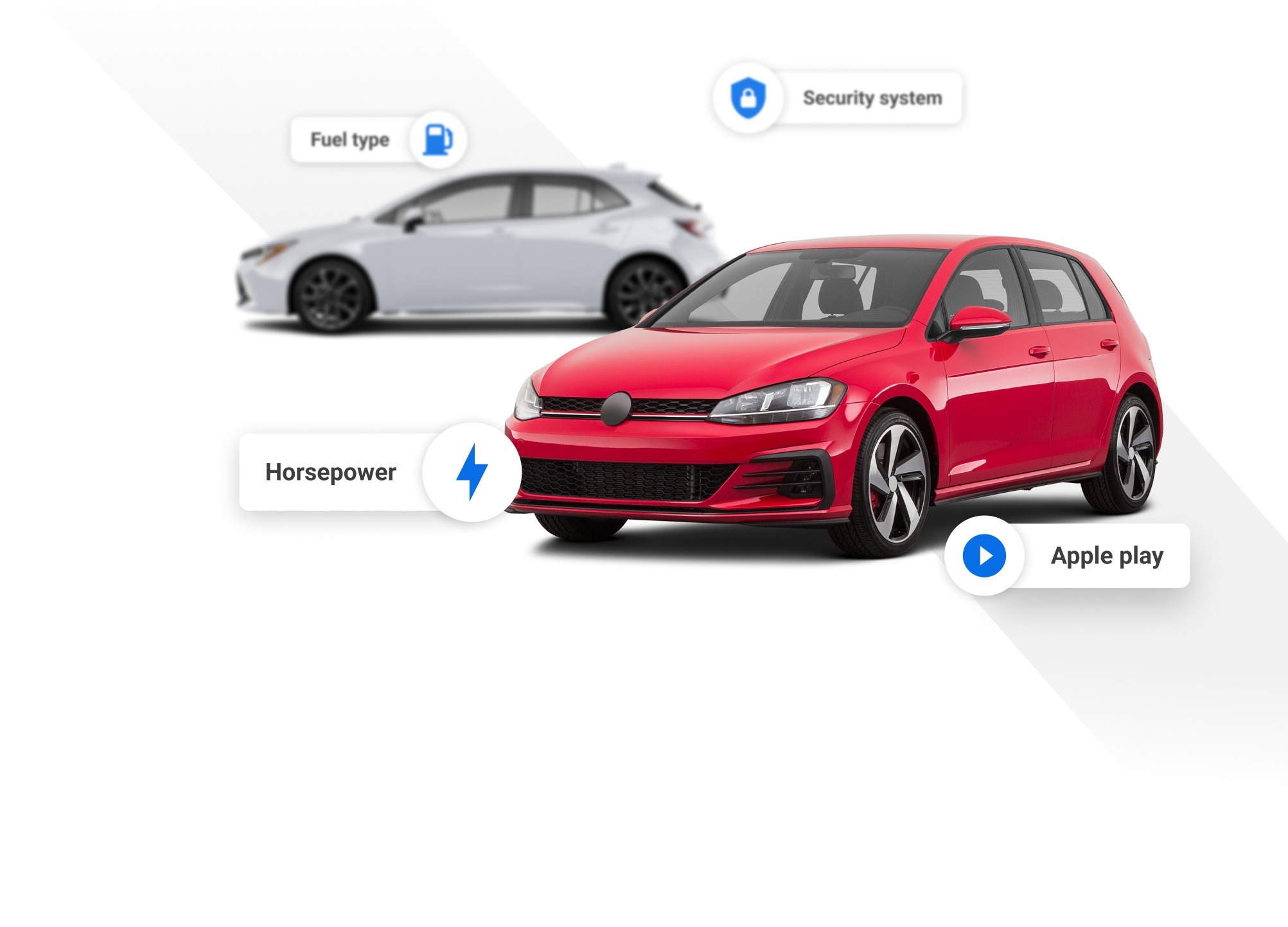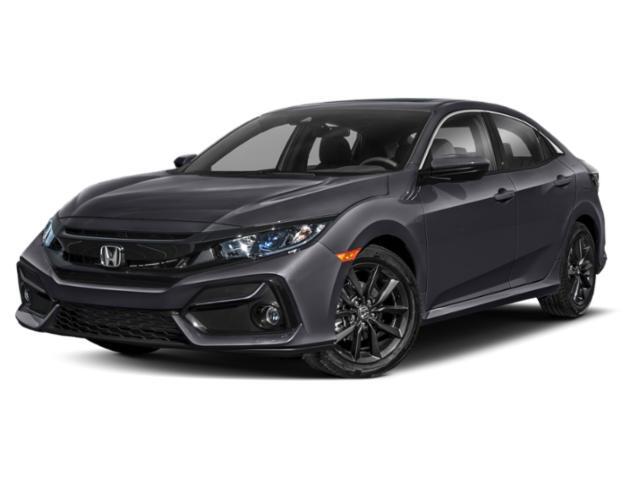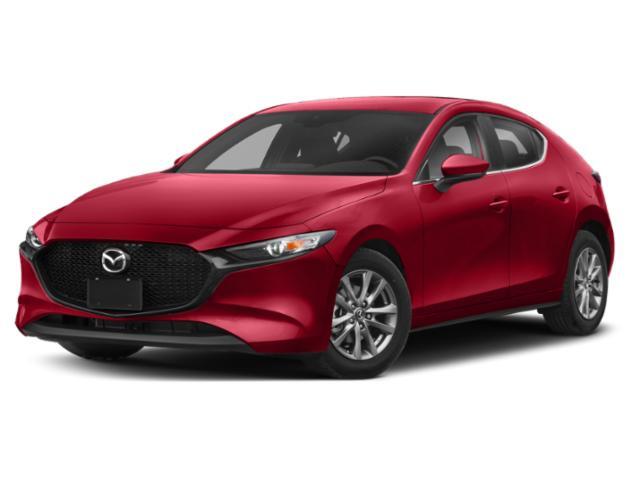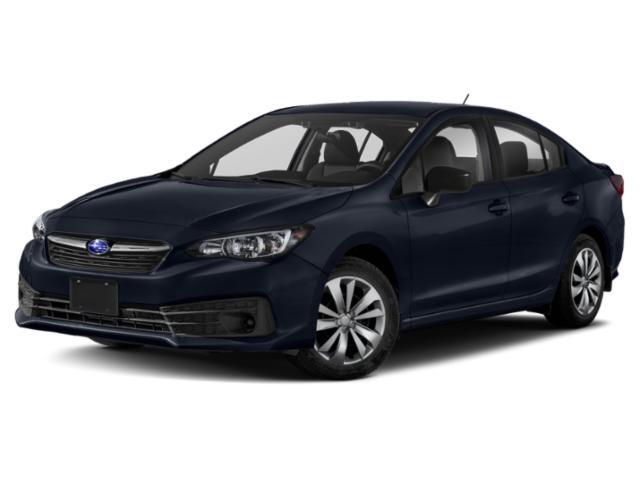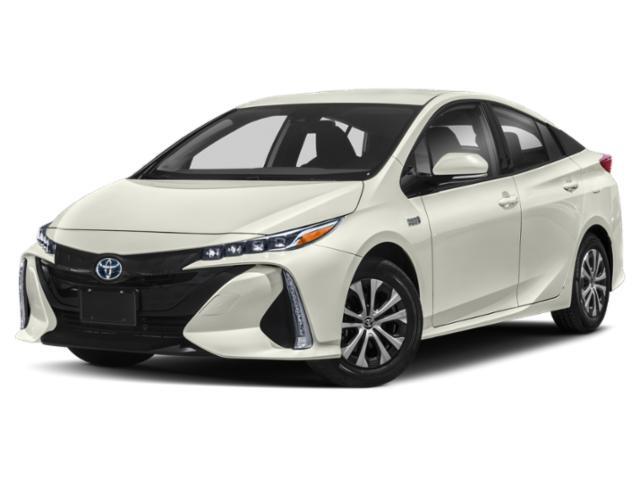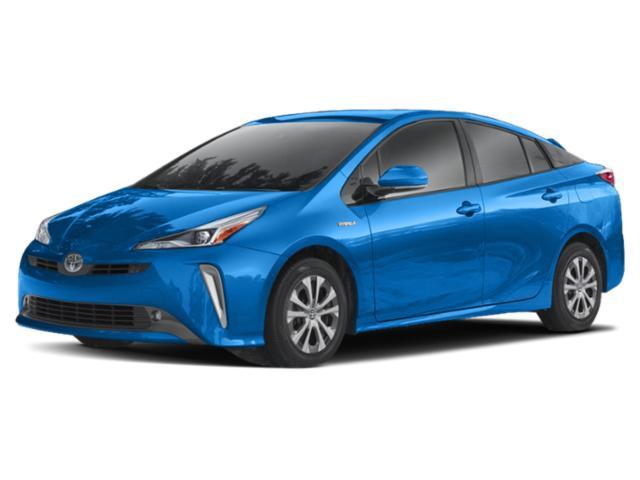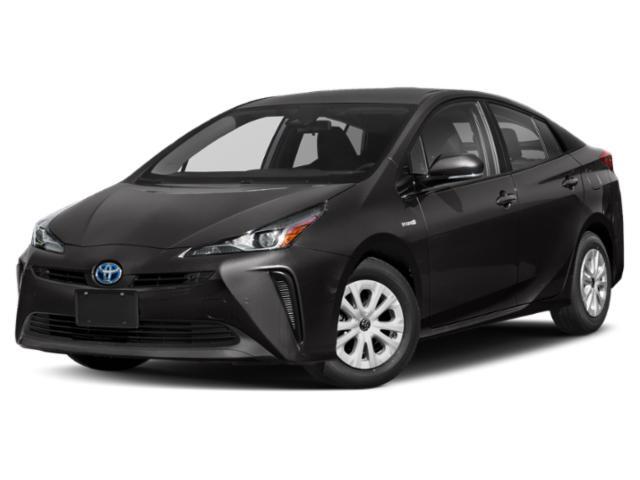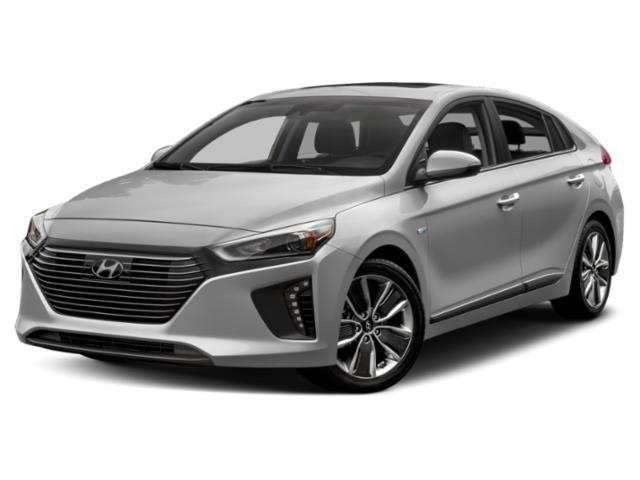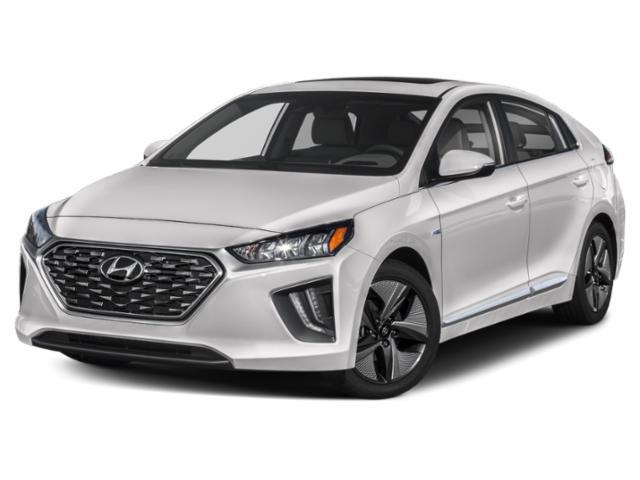
2020 Hyundai Ioniq Hybrid

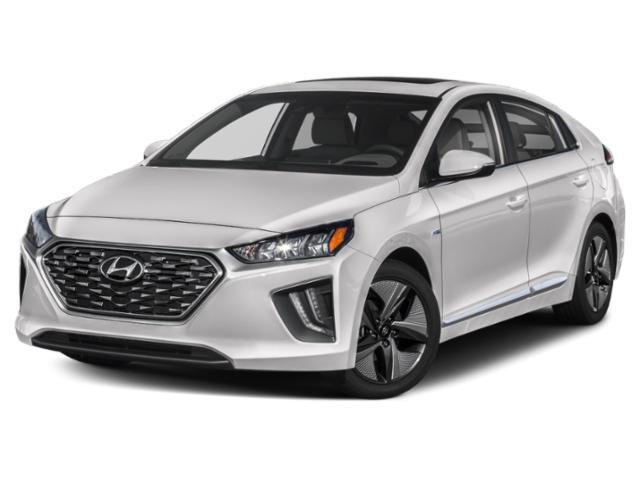
Key Specifications for 2020 Hyundai Ioniq Hybrid






Buyer’s Guide
History/Overview
Introduced in 2017, the Hyundai Ioniq was this brand's first dedicated electric vehicle platform. It's a compact hatchback that comes in three flavours: the gas-electric hybrid you're reading about here, along with plug-in hybrid electric (PHEV) and fully-electric versions covered in their own buyer's guide entries.
What's New / Key Changes from Last Year
For 2020, the Ioniq Hybrid gets a mid-life refresh with revised styling, a new gauge cluster and dash trim, and a standard 8.0-inch infotainment touchscreen that replaces a 7.0-inch display in some trims. Cars optioned with navigation get a new 10.25-inch screen. There are also paddle shifters to adjust the car's regenerative braking function.
Ioniq Hybrid models with radar cruise get a stop-and-go function, and certain trims add a driver attention warning and wireless smartphone charging.
Available Trims
Hyundai offers the Ioniq Hybrid in Essential, Preferred and Ultimate trims. All three match a 1.6L four-cylinder gas engine with an electric motor and a six-speed dual-clutch transmission.
Standard Features
On the outside, the Ioniq Hybrid Essential has 15-inch tires on alloy wheels, automatic headlights, and heated/power-adjustable side mirrors.
The cabin comes with heated front seats, cloth upholstery, six-way manual front seats, a six-speaker stereo with 8.0-inch touchscreen, power windows and door locks, cruise control, dual-zone automatic climate control, a 4.2-inch gauge cluster display, and front-seat map lights.
Also, every Ioniq Hybrid is equipped with tire pressure monitoring, forward collision/pedestrian detection with automatic braking, lane keeping assist, and driver attention warning.
Preferred trim adds LED headlights, daytime running lights and taillights, a rear-seat centre armrest with cupholders, heated rear seats, Bluelink connected car services, satellite radio, leather-trimmed steering wheel and shifter, passive keyless entry, a sunroof, rear parking sensors, a heated steering wheel, blind spot warning, rear cross traffic alert, and LED interior lighting.
Finally, Ultimate trim brings 17-inch wheels, power-folding side mirrors with puddle lights, chrome exterior and interior door handles, leather seating and leather-trimmed door and dash panels, an eight-way power driver's seat with memory, navigation in a 10.25-inch touchscreen, an eight-speaker stereo, adaptive cruise control, an auto-dimming rearview mirror, wireless smartphone charging, an electric parking brake, a 7.0-inch digital gauge cluster, ambient interior lighting, collision avoidance with cyclist detection, lane following assist and highway driving assist.
Fuel Economy
Hyundai's fuel consumption estimates for the Ioniq Hybrid are 4.2 L/100 km for both the city and highway driving cycles. An Ioniq Blue option reduces estimated highway consumption to 4.0 L/100 km.
Competition
The Hyundai Ioniq Hybrid competes primarily with the Toyota Prius, the Kia Niro, Toyota's Camry Hybrid, Honda Accord Hybrid and Insight Hybrid.
Review & Compare:
Photos

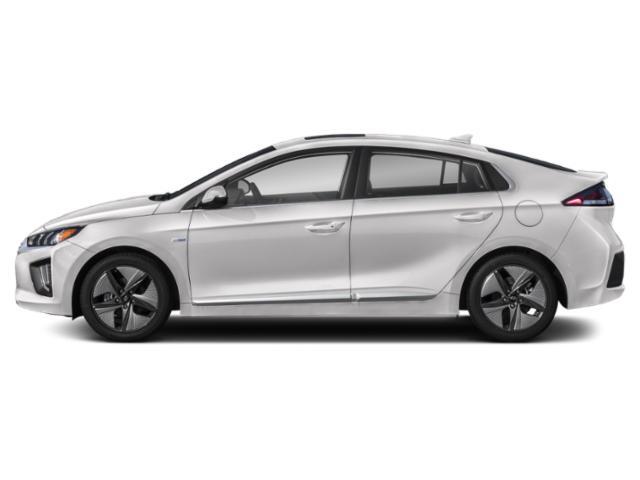
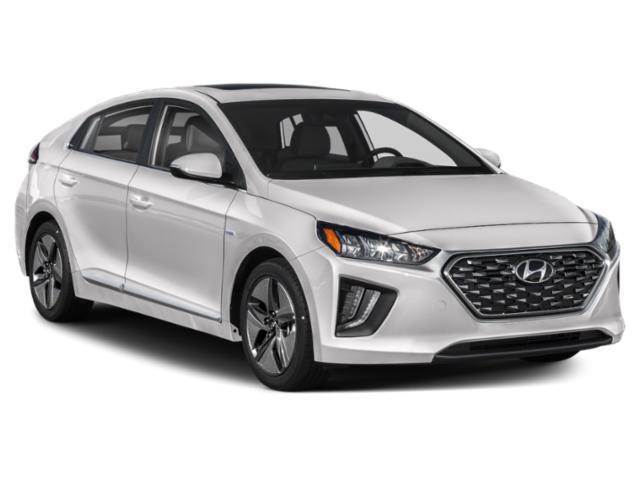
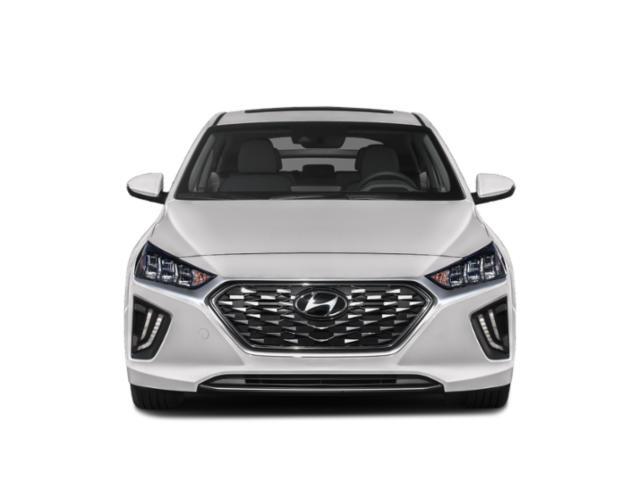
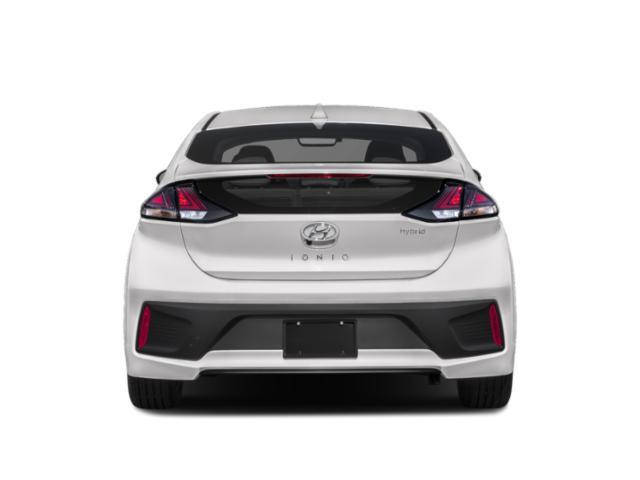
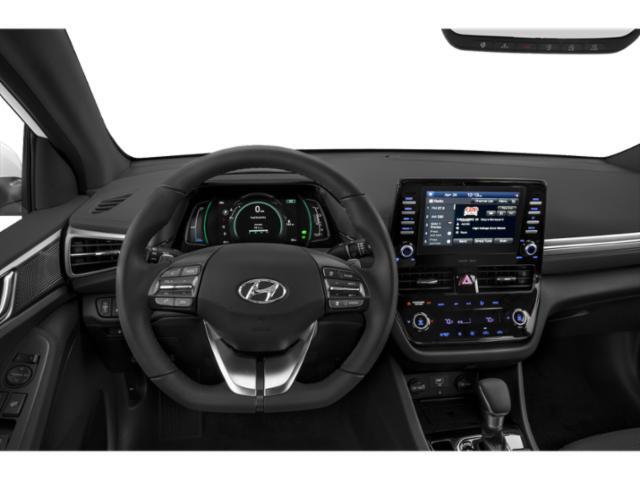
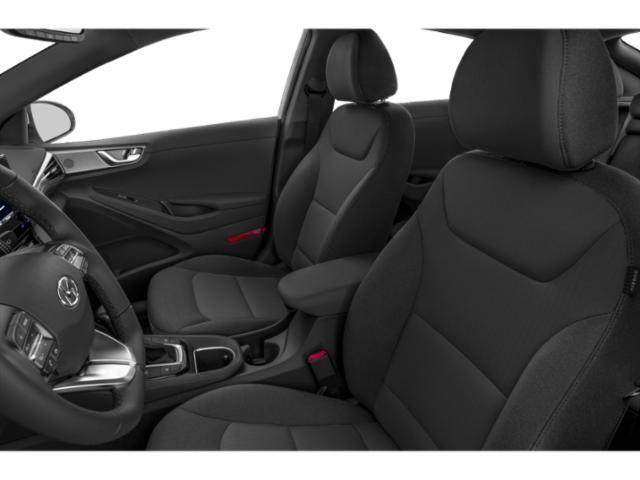


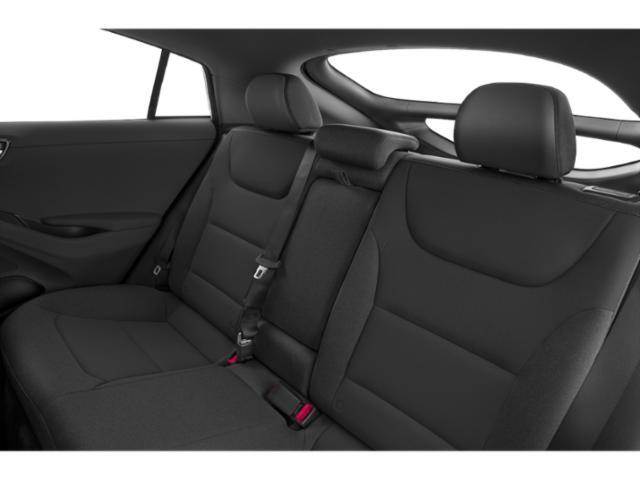
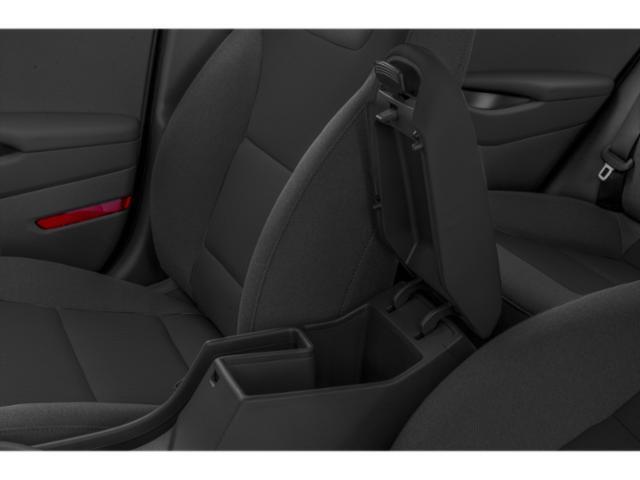













AutoTrader Review


This vehicle has not yet been reviewed



